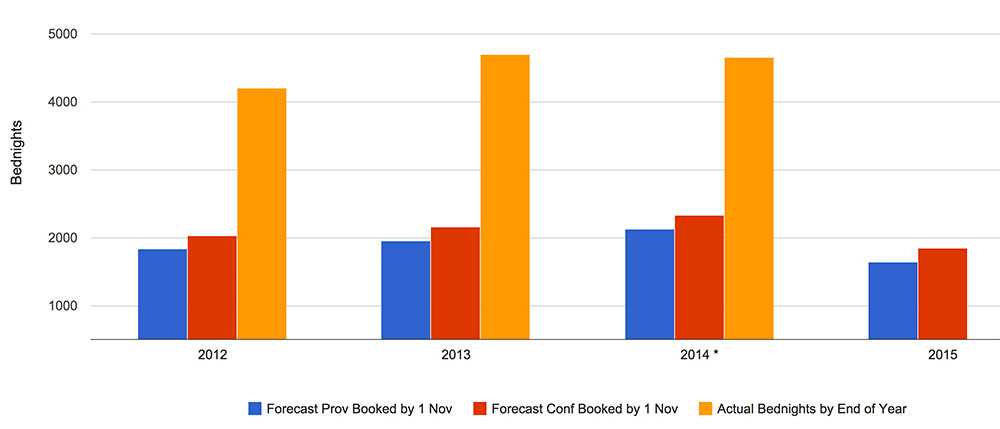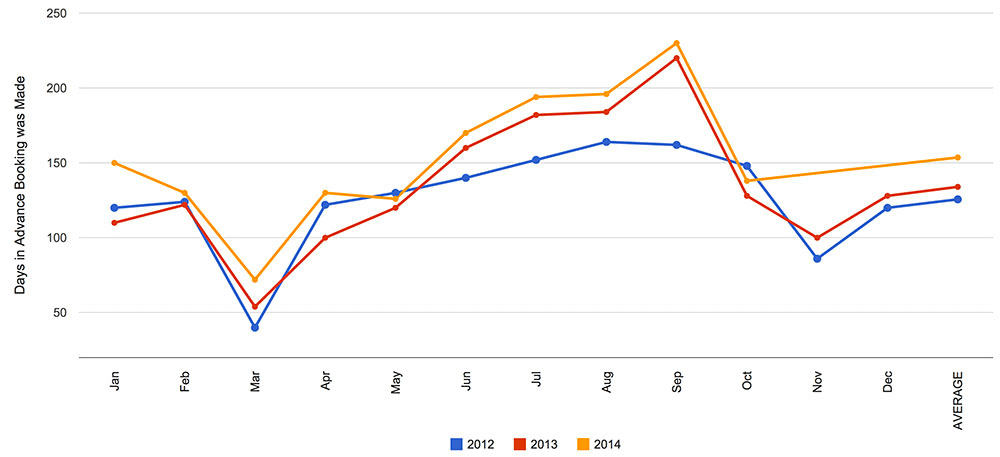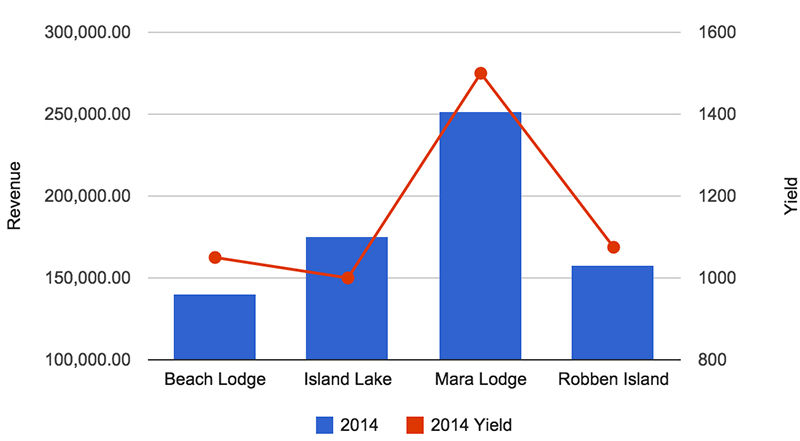How to get guests in your bed – a strategic guide to get more bookings

Written by Mqondisi Gumede, Man and Machine
One of the difficulties of marketing in travel is that it is a very large place that boasts an incredible array of beauty. It is a never ending pageant of scenery, culture, beauty, culinary delight, diverse experiences and accommodation establishments at their best décor and service.
In such a situation, most hoteliers will have found that, as justifiably proud of their establishment’s charms as they are, there are other establishments with different but no less compelling offers to potential guests.
In this situation, what are hoteliers to do? Our response is to develop a strategy.
One of the hallmarks of strategy is to answer the question ‘WHO?’ first, before you answer the question ‘WHAT and HOW?’ (To understand why this order is important, I make the argument in the post – A strategic marketing approach to get a date ahead of Brad Pitt. In essence being tactical, approaching this problem from a first ‘WHAT’ and ‘HOW’ perspective, will render you far less likely to succeed than approaching the challenge from a first ‘WHO’ then ‘WHAT’ approach.
Gaining clarity on who for all businesses, especially hotels, has so far been a very difficult affair. Recent conversations have pinned hopes on big data, hoping that, if businesses had more data they would be better at generating insight. Nothing could be further from the truth. All that we have today are businesses that have a greater amount of data but generally still have the same scarcity of insight.
In your pursuit of understanding the ‘WHO’, it is important to focus on insight. Here are the 2 main reasons:
1) WHY is the power.
In the movie The Matrix Reloaded, Neo (the One) goes to visit the Merivingian. An entertaining passage of dialogue ensues that culminates in the Merivingian asking Neo: “Why?” The star of the movie hesitates and offers no answer, the Merivingian, incredulous, admonishes him saying:
“…Why is the only real source of power, without it you are powerless. And this is how you come to me: without why, without power, another link in the chain.”
Then, he dismisses him in the following fashion:
“But, fear not, since I have seen how good you are at following orders, I will tell you what to do next. Run back, and give the fortune-teller this message:…”
In the world of appeal, nothing can be more valuable than understanding why people do what they do. Imagine how you could change your marketing, your Facebook page, your website, if you knew why people travelled at all and why they choose the travel experience providers they do.
This is perhaps the most important prerequisite to being able to have a compelling offer in a crowded travel and tourism industry, if you can understand the why of the people that are likely predisposed to choosing your establishment.
As difficult as it is, there is no greater guarantee of success in marketing, online or not, but locating the reasons, the why, of your target market’s travel choices. This may not be the fastest or easiest route but it is the surest route to marketing and booking success:
2) Start by getting a better understanding of the people who have stayed with you before.
Many businesses go after more and more data when they do not use the current data they have to gain rich insight which remain the same even if they analysed 100 times the data.
To avoid this huge missed opportunity, think of all the people that have booked at your establishment and all the conversations you’ve had, all the reviews and social media mentions that you’ve read about your establishment and answer the following questions.
i. Try and list the 3 largest groups of people that emerge.
ii. Once listed ask yourself and/or key members of your team, why they chose your establishment?
Once you have the first answer, ask “why is that important?” and as you get an answer repeat the process for 5 whys.
If you don’t get beyond 2 or 3 whys, it signals that there is some work to do in understanding the motivations of your targeted audience and would not keeping your marketing activity to a moderate level until you can have this conversation very casually with your new guests over the course of the next weeks.
Once you can get to 4 or 5 whys for the top groups that stay with you, you will now understand why they travel and why they make the travel choices that they do.
This insight, will start to shed light on who your audiences are and the best way to prosper in trying to appeal to them.
In our next blog post we’ll discuss how to apply this new found power. If you feel you need more detailed analysis, we at Man&Machine combine the understanding of people, strategy, marketing and digital and put them together in a way that works best to get you more guests to your establishment. We will be able to apply a host of techniques that can provide you with a clearer view of the people who have stayed at your establishment as one of the inputs to greater marketing efficacy in the online space.



 Written by Paula Chaplin
Written by Paula Chaplin (To pull information for this graph: you need to run a report per year and stitch the information together. To see bookings as of 1 Nov 2013 for 2014: Travel Dates = 1 Jan – 31 dec 2014, Create Date = 1 Jan 2000 – 31 Oct 2013. Group by Status, showing Bednights.)
(To pull information for this graph: you need to run a report per year and stitch the information together. To see bookings as of 1 Nov 2013 for 2014: Travel Dates = 1 Jan – 31 dec 2014, Create Date = 1 Jan 2000 – 31 Oct 2013. Group by Status, showing Bednights.) (To pull this report look at the FAR – Group by Create Date, and look at Arrival Date. Export the report and create a variance column between Arrival Date and Create Date – this is your lead time.)
(To pull this report look at the FAR – Group by Create Date, and look at Arrival Date. Export the report and create a variance column between Arrival Date and Create Date – this is your lead time.)





